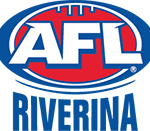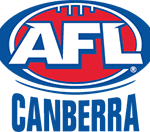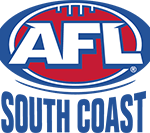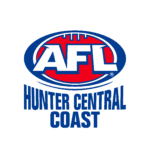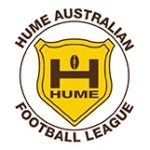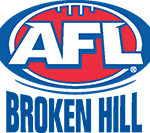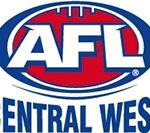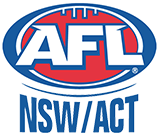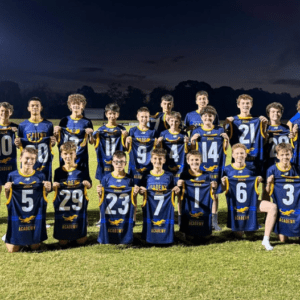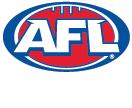The week that was
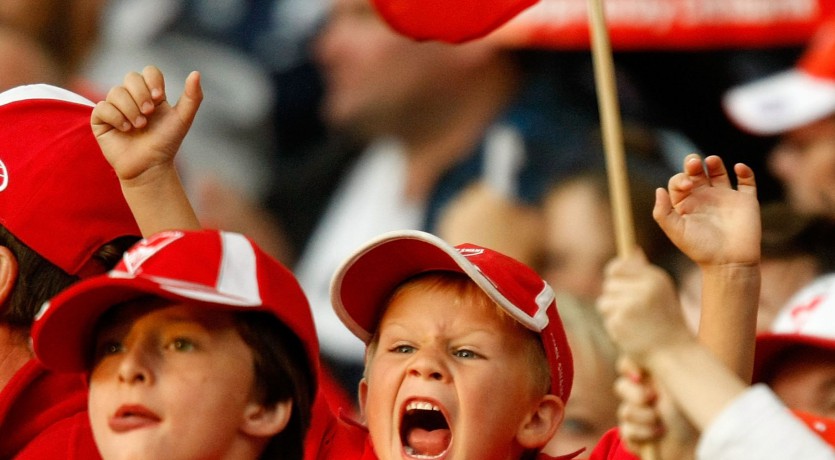
AFL.com.au
IT WAS a case of oh-so-close in four of the weekend’s round-one matches, with West Coast (four points), Fremantle (two points) and Geelong (one point) emerging narrow victors and Melbourne and the Sydney Swans fighting out a draw.
But it was also a case of so far away for one team, with Western Bulldogs, a premiership fancy, going down to Essendon, a head-scratcher, by 55 points.
The Bulldogs were powerless to head off the rampaging Dons, who played a style in complete contrast to last year’s kamikaze attack. Under James Hird, who really should be too old for the golden-boy tag, they essentially have adopted Collingwood’s forward press – to great effect, it would seem.
Essendon’s best included Jobe Watson and David Hille. First-round draftee Dyson Heppell was impressive in his debut, but in the main it was the experienced players who stood out. The personnel, therefore, have not particularly changed, but the Dons’ finals hopes have risen appreciably.
The possession count of the Dogs’ main midfielders was reasonable, suggesting their problem was in attack and defence rather than at the core. Bulldogs ruckman Ben Hudson said there was no need to panic, and he might yet be right, but really there was little else he could say after such a horribly deflating loss.
Notwithstanding the close results, the best match was at AAMI Stadium, where Adelaide celebrated the 20th anniversary its first AFL match with a sterling 20-point victory over Hawthorn, the same team it defeated in the opening round 20 years ago. Hawthorn was out to a five-goal lead before Adelaide pegged it back.
For years the Crows relied on storied veterans. On Saturday night, they were sparked by young stars such as Pat Dangerfield, Tex Walker and Phil Davis.
Like the Dons, the Crows’ finals hopes have risen appreciably.
Davis was one of the players at the centre of the growing controversy over concussed players. The Crows key defender, who had an absorbing duel with Buddy Franklin, looked down for the count at one stage, and invited comments about his ability to return to the ground when trainers accompanied him down the race.
But Davis did return to the field. As did the player whose condition raised the biggest query over concussed players, Brisbane Lions ruckman Mitch Clark.
After meeting an accidental elbow from his Fremantle opponent, Antoni Grover, Clark hobbled around like a colt in the minutes after birth. His condition prompted Grover to hold him up and plead with the Lions to do something about it.
Clark was off for only a couple of minutes before returning to the field. He was later reported as not having concussion, but the question that must be asked is whether the diagnosis would have been different if the Lions’ bench were not denuded and the match were not in the balance.
It’s a question that’s unlikely to go away as long as club doctors have the final say on concussed players.
The worse cases of concussion at the weekend prompted no discussion on whether the two players would come back on. Jonathan Brown and Joel Selwood are two of the most courageous players in the competition. On the weekend, their propensity to put their heads over the ball had its cost.
Brown is out for two or three months with facial fractures. Selwood was cleared of structural damage but he still emerged with a shaken head and a lip described not so much as fat as obese.
The question of substitutions sparked much discussion. Brown was unable to be replaced because Lions coach Michael Voss had already subbed Amon Buchanan for Claye Beams, a debutant who had played impressively to that stage. Given that Brent Staker was already unable to come back on because of injury, the Lions’ stocks were dire as Fremantle challenged during the last quarter.
At the MCG, the Swans made a questionable decision when it used ruckman Mark Seaby as a sub; he replaced young key forward Sam Reid late in the game to no distinct advantage. Melbourne, however, gained plenty from its substitution when it replaced half-forward Addam Maric with another half-forward, Ricky Petterd.
Petterd ignited the Demons with his running, marking and general competitiveness. The Demons made vital ground because of his presence on the ground.
The sub question is likely to take weeks or even months to bed down, as coaches experiment with the right type of player to sit on the bench wearing a fluoro top. Whatever they come up with, it looks as though spectators are on a winner.
The sub rule means that benches have only three players they can rotate rather than four. As players tired over the weekend, defensive structures fell apart, meaning fans were treated to more attacking, unpredictable games.
In the case of the St Kilda and Geelong game on Friday night, it was just as well that defensive structures tumbled down. The first half was constipated. The second half was blessed relief.
Finally, a reminder. Hawthorn last year thrashed Melbourne in the opening round and then lost its next six games. Essendon, take heed.

